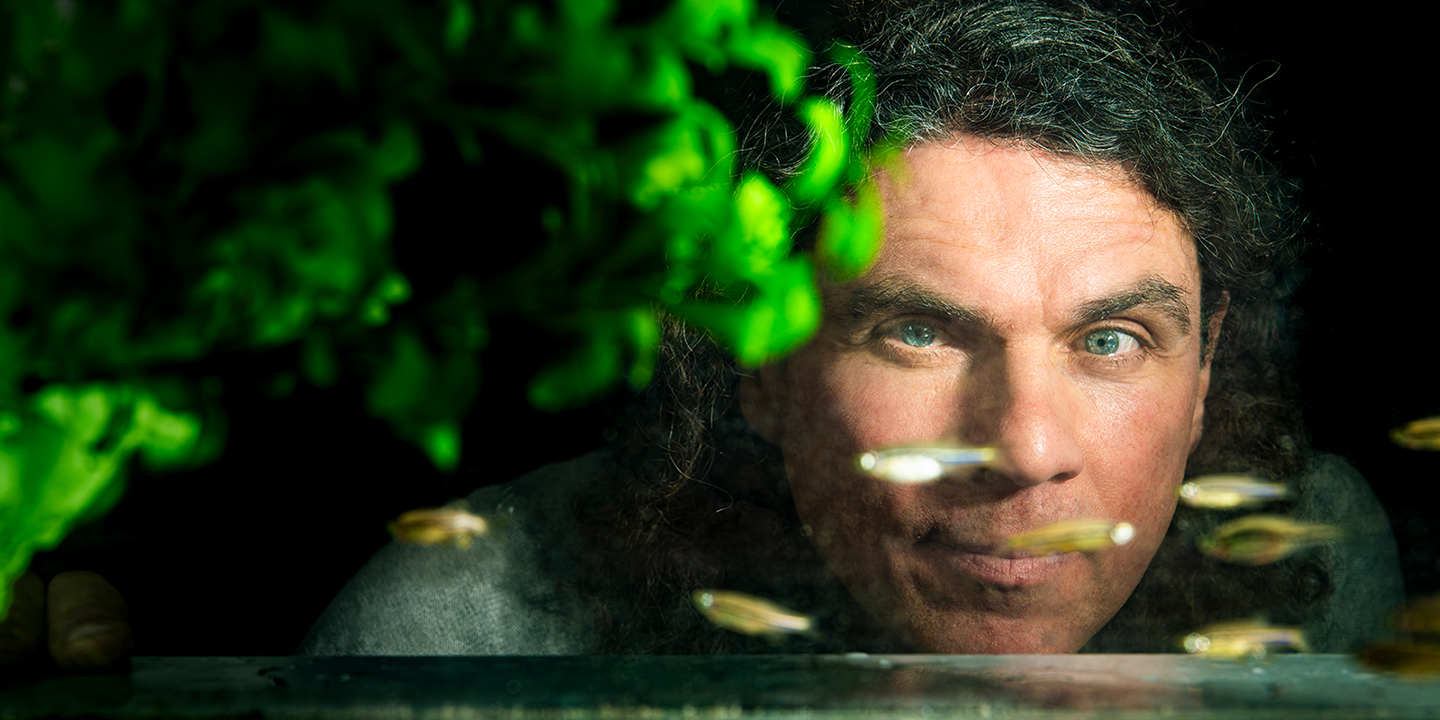
Beyond Jurassic Park
UW researchers preserve animal DNA for species that face extinction.
The Great Lakes are home to more than 1,000 native species of water-dwelling animals, from microscopic water fleas to the mighty lake sturgeon that can weigh hundreds of pounds. The count is hundreds more when combined with the region’s bird populations and land-based species, such as flying squirrels, white-tailed deer, black bears, and recovering populations of eastern wolves, to name only a very few.
Thanks to the proximity of major research universities like UW–Madison, the five Great Lakes make up one of the most studied and documented watersheds in the world. Yet even with so much attention from scientists and conservationists, animals in and around the Great Lakes are facing increased pressure from climate change, pollution, invasive species, and habitat loss due to land development.
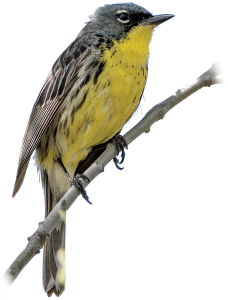
The Kirtland’s warbler (above) and the American pine marten (below) are two of the candidates for a Great Lakes biobank that will store animal DNA to stave off species decline. iStock
It’s a not-so-slow-moving crisis, and the environmental outlook for the Great Lakes is part of the ongoing, massive decline in animal populations worldwide, with two million species at significant risk of extinction, according to the latest analysis by the United Nations. The situation has inspired UW researchers to explore a new way to stave off biodiversity loss in Earth’s largest freshwater ecosystem: a large-scale genetic biobank that could store animal DNA for decades, ideally without relying on subzero refrigerators.
Along with developing the new technologies to make a biobank of this scale possible, UW researchers are pioneering an ethical approach to animal DNA collection that will prioritize Indigenous community partners from the very beginning of the process. This combination of innovative science with a commitment to environmental justice is poised to fundamentally impact the emerging field of conservation genetics, which applies scientific tools to stave off species decline and extinction.
Take That to the (Bio)Bank
“Right now, we’re in a stage where we are very reactive when it comes to biobanking,” says genetics and medical genetics professor Francisco Pelegri, who is leading the new biobank initiative at the UW in close partnership with Paul Robbins, the dean of the Nelson Institute for Environmental Studies and a professor of environmental studies and geography.
Currently, conservation geneticists tend to focus on projects that aim to bring species back from functional extinction, such as an effort in Kenya to save the northern white rhinoceros. Researchers there are creating embryos from the few remaining northern white individuals and implanting those embryos into female southern rhinos. While these techniques could succeed in bringing back several northern whites, Pelegri says that in these cases, even if the resulting offspring survive, there still may not be enough genetic diversity left to build a healthy population long-term.
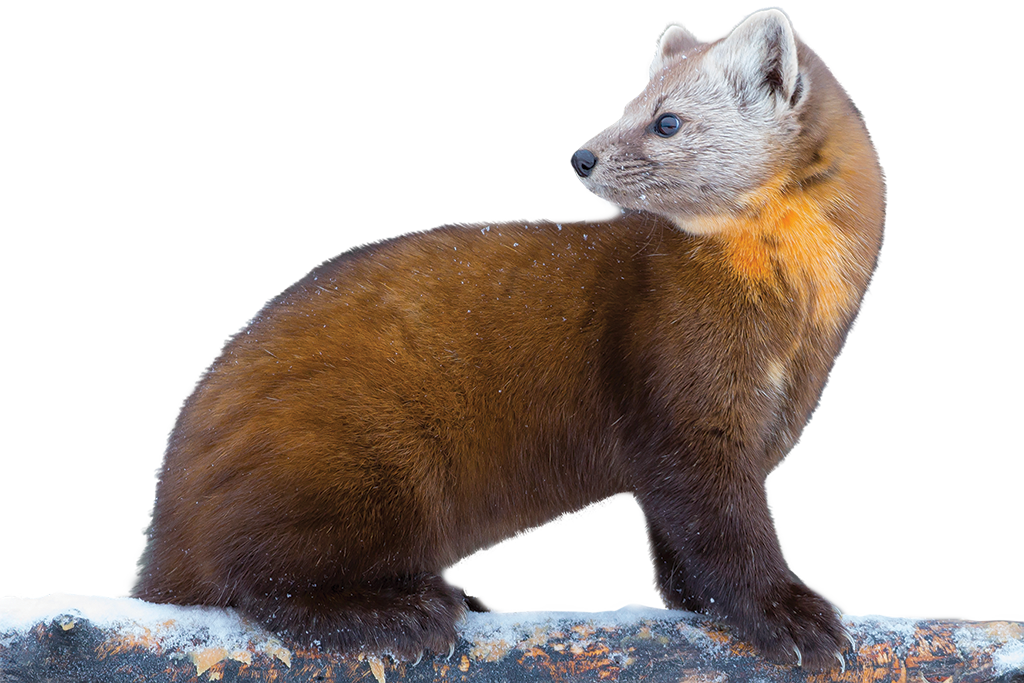
iStock
In populations that aren’t genetically diverse enough, the negative effects of inbreeding can occur within just a few generations. To prevent this, he says, a species needs at least 50 individuals (none of them clones). But that would only prevent immediate problems. To ensure genetic diversity over time, a population needs at least 500 individuals, and ideally 1,000 or more. That number is much higher than emergency efforts can produce — efforts such as the ones designed to save near-extinct species. The Tasmanian devil, the vaquita porpoise in the Gulf of California, and the Yangtze River dolphin in China all have only a few dozen individuals left, at best. When populations drop to such a severely low level, the species enters what’s known as the “extinction vortex,” where additional reproduction simply hastens the genetic consequences of inbreeding.
“Going forward, what we want is to be more proactive, where you basically have a lot of samples ahead of time while we can still find them,” Pelegri says. “This is why it’s important to biobank now.”
That’s one of the core lessons about bioconservation that Pelegri emphasizes both in the lab and in the classroom. In 2015, he launched an undergraduate course called Developmental Genetics for Conservation and Regeneration that offered an optional spring field trip to Costa Rica to give students some active experience with bioconservation projects. Four students enrolled in the pilot semester, but by 2020 the demand had grown to almost 100 students, and Pelegri began to teach the class year-round. Word also spread among faculty members, including Robbins.
Robbins is a senior fellow at the Breakthrough Institute, an environmental research center based in Berkeley, California. Through the institute’s network, he met the geneticists who made headlines in 2021 by successfully cloning a black-footed ferret from 30-year-old frozen cells. The work reintroduced a genetic lineage to a “perilously narrow” species, and it inspired Robbins to explore how traditional conservationists like him could work alongside geneticists on high-impact, high-profile projects.
“The more I asked around, the more I realized there were already people hard at work thinking about this in Madison,” Robbins says. “When I suddenly realized the UW was in a leading position on this topic, as a dean of an institute that’s supposed to help people coordinate, I got excited.”
Robbins reached out to Pelegri to team up on a biobanking grant from the UW2020 initiative, which aimed to reward high-risk research ideas. The grant was originally connected to work Pelegri had planned for upcoming trips to Costa Rica with undergraduate students to collect blood from mosquitoes as an indirect way to gather DNA samples from various protected species, which are otherwise mostly off-limits to sampling. But when the COVID-19 pandemic halted university travel, the biobank partners began to think about research opportunities closer to home.
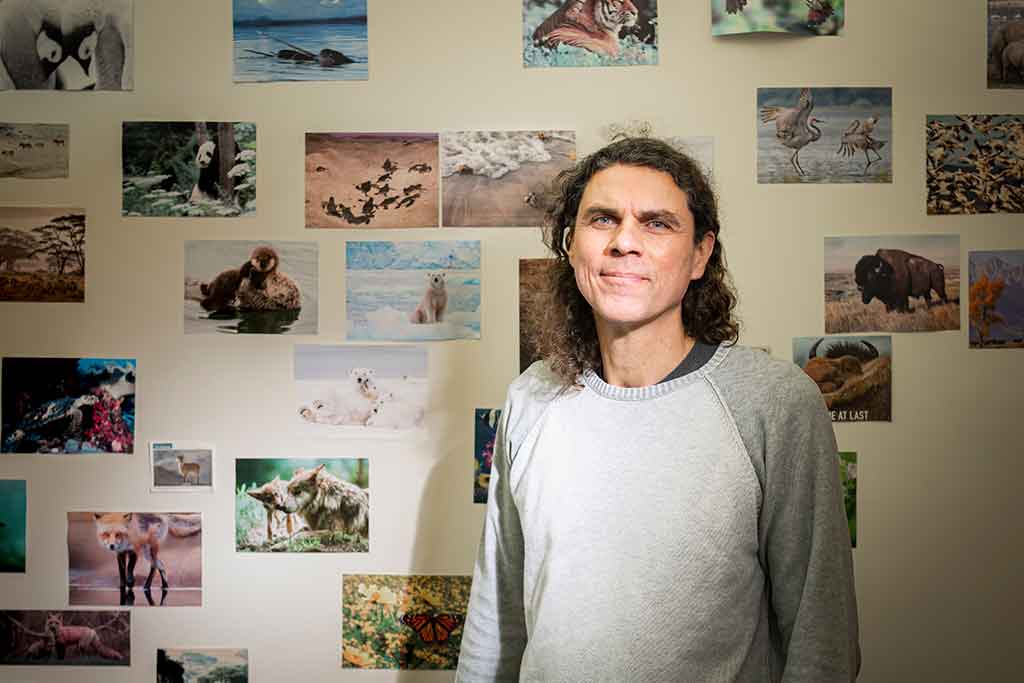
Pelegri has posted photos of endangered species in his office as a reminder of what’s at risk if we don’t prioritize animal conservation. Bryce Richter
“One of the things we were thinking about was how do you prioritize [conservation] from an ethical perspective?” says Pelegri. “We started working with Aldo Leopold’s land-based ethics of preservation.”
In A Sand County Almanac, Leopold, the former UW professor and legendary conservationist, argued that humans have a moral responsibility to the natural world and are uniquely called upon to care for the land and develop strong relationships with all parts of the earth.
Gradually, Pelegri and Robbins turned their attention north toward the Great Lakes Basin and to the possibility of biobanking all of the animal species there. They’ve also begun to build a cross-campus coalition of UW faculty from a wide range of disciplines to draft grant applications and explore other opportunities to start moving the Great Lakes biobank forward.
No Freezer? No Problem
The concept of animal biobanking sounds not so different from the large-scale plant seed banks that are now cropping up at universities around the world in an effort to protect native and endangered species for the future. But storing animal DNA is far more complicated and costly than storing plant seeds. Existing biobanks use subzero freezers to hold tissues for decades, which is a lot of time — there may be accidents, power outages, political instability, or human errors. Last summer, a freezer was mistakenly turned off at Rensselaer Polytechnic Institute in New York, and 25 years of animal cell cultures were lost overnight.
Keeping samples at subzero temperatures is also expensive, which tends to limit the kinds of research facilities that are able to work with tissues that require cold storage. “If you walk through any lab complex, you’re going to see loads of freezers and refrigerators, and we assume that’s essentially just the cost of doing business,” says biomedical engineering professor William Murphy, who is one of the primary collaborators on the biobank initiative. “But if there were alternatives [to subzero freezers], they could be quite transformative.”
For the UW2020 grant, Murphy’s and Pelegri’s labs partnered to explore several projects related to the challenge of preserving organic tissues long-term at room temperature. In particular, they studied the genetic profile of tardigrades, the highly resilient micro-animals that have the remarkable ability to desiccate themselves for long stretches of time and then rehydrate and carry on with no obvious effects on their health. Additionally, both labs are looking at model organisms such as zebra fish to study various gene transplant techniques.
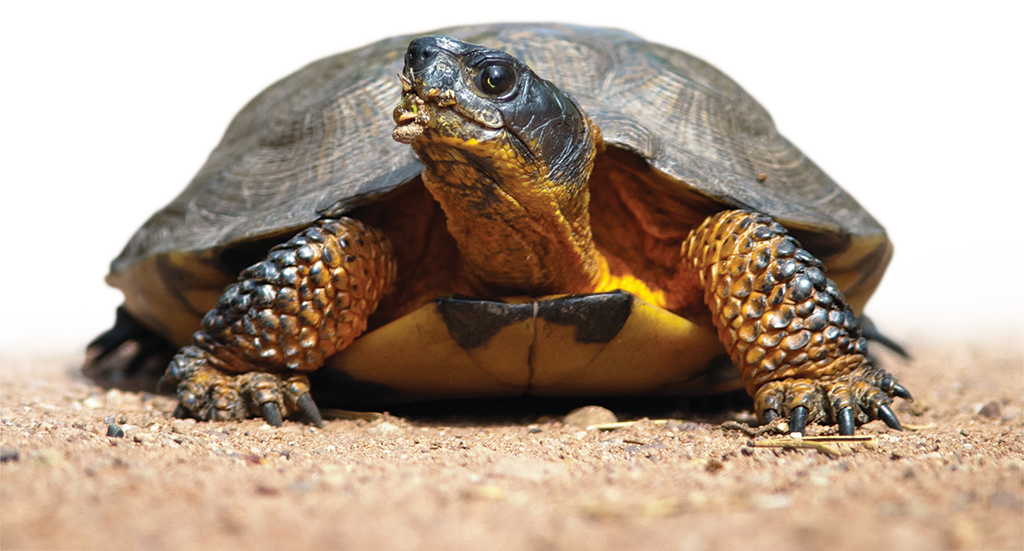
Wood turtles have suffered substantial declines in the last century. iStock
Currently, Murphy is focused on work inspired by nature’s most effective form of extremely long-term storage: fossils. “What we’re mimicking in nature is the ability of fossils to stabilize biological molecules,” he says.
For the past few years, Murphy’s team has been generating a library of almost 100 minerals they can produce in the lab, and they’ve screened each one to identify whether and how it can work to stabilize biological molecules. For instance, Murphy sees potential in a class of fossilized minerals called calcium phosphates, which are the same kinds of minerals found in bones and teeth. The minerals can be useful as stabilizers of the proteins, DNA, and RNA that will form the building blocks of biobanked species. Recently, they’ve also been combining mineral ions with strands of therapeutic RNA, the same type of RNA used in COVID-19 vaccines. “We’ve been able to identify materials that stabilize the RNA for several months, even at room temperature,” he says.
It’s the first step on a long road, but it could have benefits beyond biobanking, making it possible to stock laboratories, hospitals, or even airplanes with “freeze-dried” biological tissues for a wide range of human medical uses (see sidebar).
You Don’t Biobank Somebody’s Family without Asking First
While some collaborators, like Murphy, focus on the groundbreaking technologies needed to make the biobank possible, Robbins is leading the conversation on how to ensure that the application of these innovations balances with broader ethical considerations.
“People need to know that we aren’t going mad-scientist on this,” says Robbins. “This is a very deliberate, very thoughtful, publicly engaged exercise that starts by listening, for example, to the tribes [in the Great Lakes region].”
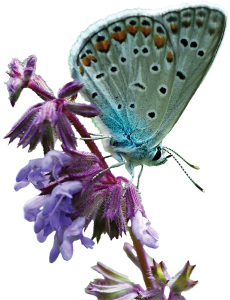
The Karner blue butterfly and whooping cranes (below) are among the species facing threats from habitat loss, pollution, climate change, and other factors. iStock
More than 80 percent of the world’s biodiversity is thought to be on lands that belong to or are actively managed by Indigenous communities. In the Great Lakes region, several tribes have federally protected comanagement authority of certain areas. That means scientists like the UW biobank partners not only should consult Indigenous partners on decisions related to sampling, storing, and using genetic materials from species on those lands — in many cases, they legally must.
To that end, Robbins and Pelegri recently coauthored a journal article, along with Hilary Habeck Hunt PhDx’25 and Jonathan Gilbert PhD’00, the biological sciences director at the Great Lakes Indian Fish and Wildlife Commission, which is the agency responsible for protecting the hunting, fishing, and gathering rights of 11 Ojibwe tribes across Minnesota, Wisconsin, and Michigan. Titled “Sovereign Genes,” the article was published in Frontiers in Conservation Science and outlines a set of principles for collaboration between scientists and Indigenous communities to employ genetic tools responsibly in wildlife conservation.
“The serious, historic mistakes made in human genetic biobanking and the way in which those efforts harm[ed] Indigenous communities provide lessons that can be used to plan for wildlife biopreservation in approaches that are responsible, respectful, and potentially collaborative,” the paper states, referring to poor practices by scientists in the past related to informed consent, compensation, and tribal sovereignty, among other issues. “By honoring Indigenous sovereignty and community autonomy, and by working to create or leverage existing formalized agreements, powerful genetic toolkits can be brought to bear in the protection and preservation of species of cultural and conservation significance.”
Robbins says that this unequivocal commitment to not only listening but also showing genuine deference to Indigenous partners is crucial to the biobank’s ultimate success. “Will it be fraught? Yes. But this is an opportunity for tribes to exercise their rights,” he says, adding the hypothetical example of someday obtaining DNA samples from wolves in ceded Ojibwe land in central Wisconsin. “For them, the wolf is kin. You just don’t go biobanking somebody’s family without asking them, especially in ceded territories where they have management rights. By talking to them, we hope to introduce this topic in a sensitive way.”
In time, Robbins and Pelegri also anticipate biobank-related collaborations with other major American and Canadian universities throughout the Great Lakes region. Yet they agree that the UW’s deep talent pool across multiple disciplines — from biomedical scientists and engineers to bioethicists, historians of science, and communication researchers — make it likely that Madison will emerge as the leading regional hub for conservation genetics in the coming years.
“The UW is so good at everything it’s going to take to do this right that we have a responsibility to lead,” says Robbins. “We can’t afford to wait for other people to do it wrong.”
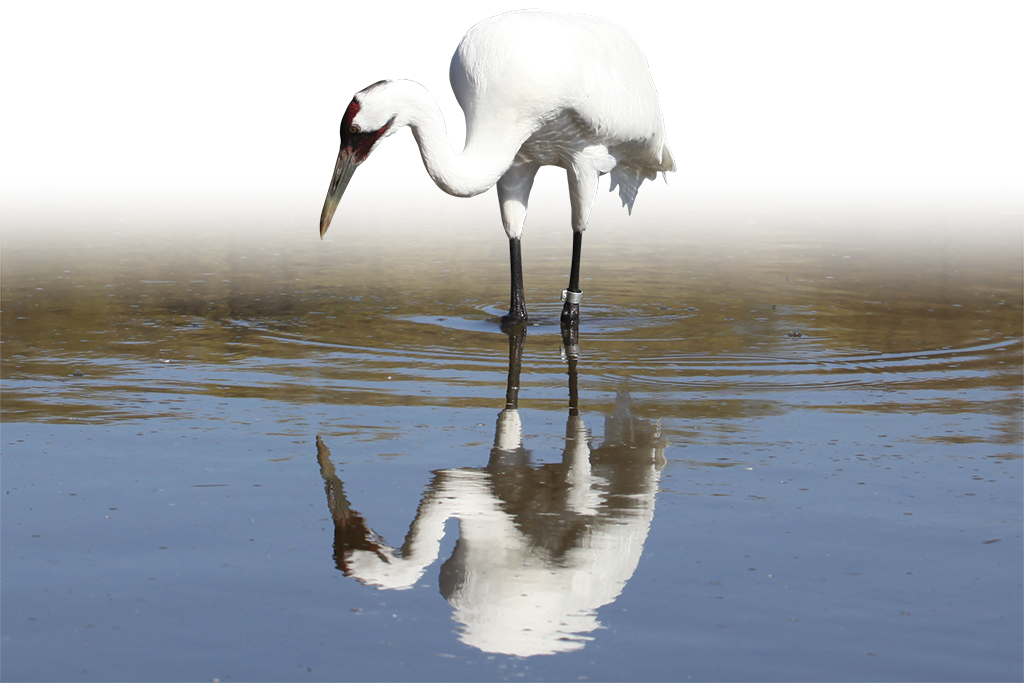
iStock
For Pelegri, the moral imperative of the biobank is also closely tied to the role of humans in climate change and biodiversity loss. When we think about “fixing” human-induced species loss, we often think in terms of de-extinction efforts. He cites new efforts to revive the passenger pigeon, once the most abundant bird species in North America, which died out in 1914 after a few decades of excessive hunting and habitat loss. But instead of looking backward at what we’ve lost, Pelegri says, “it’s important to change the narrative and say, [conservation genetics] technology is not just for that. In fact, it’s probably going to be more important for keeping alive what we have right now. … Anything can become extinct.
“If we can preserve genetic diversity now, then if we ever notice that a living population is being affected in the future, we can actively reintroduce that diversity to keep it healthy,” says Pelegri. “And it’s not just for that population — it’s for an entire ecosystem, because everything is related.”
An entire ecosystem like the Great Lakes, for example. And from there, Pelegri hopes to see a global network of interconnected biobanks that offer an extra layer of protection for animal species everywhere. •
Sandra K. Barnidge ’09, MA’13 is a freelance writer in Alabama, which the Nature Conservancy ranks as the fourth most biodiverse state in the country, beating 35th-ranked Wisconsin.
Published in the Spring 2024 issue
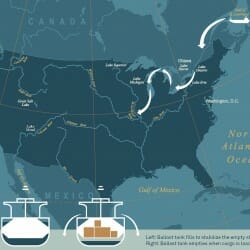

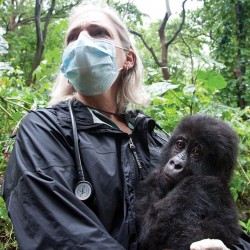
Comments
Betsy Olson March 30, 2024
Wow. I’m proud to be related(sort of) to you, Francisco! And very impressed with your work.
Your wife’s Aunt Betsy